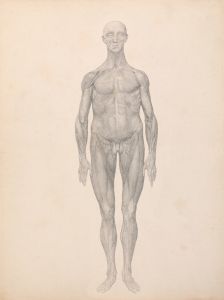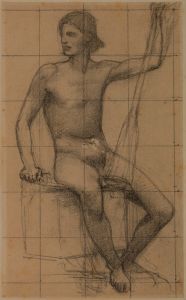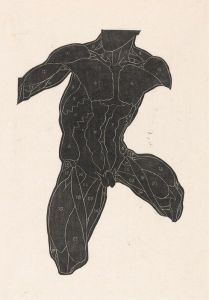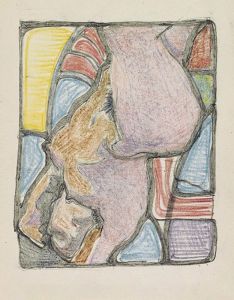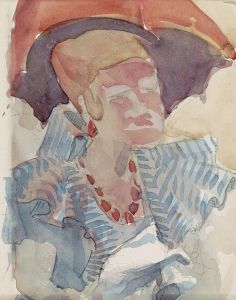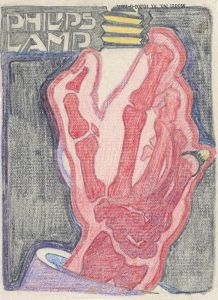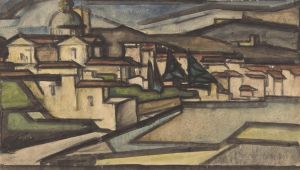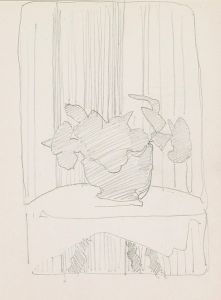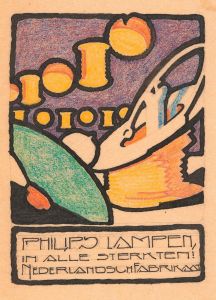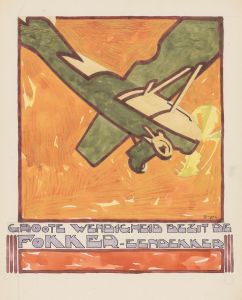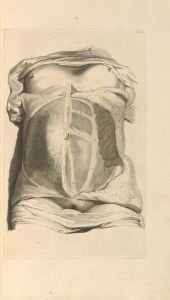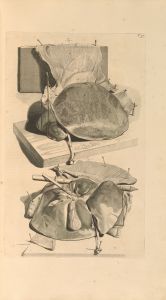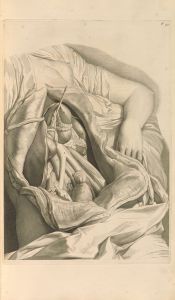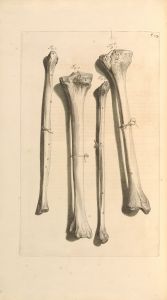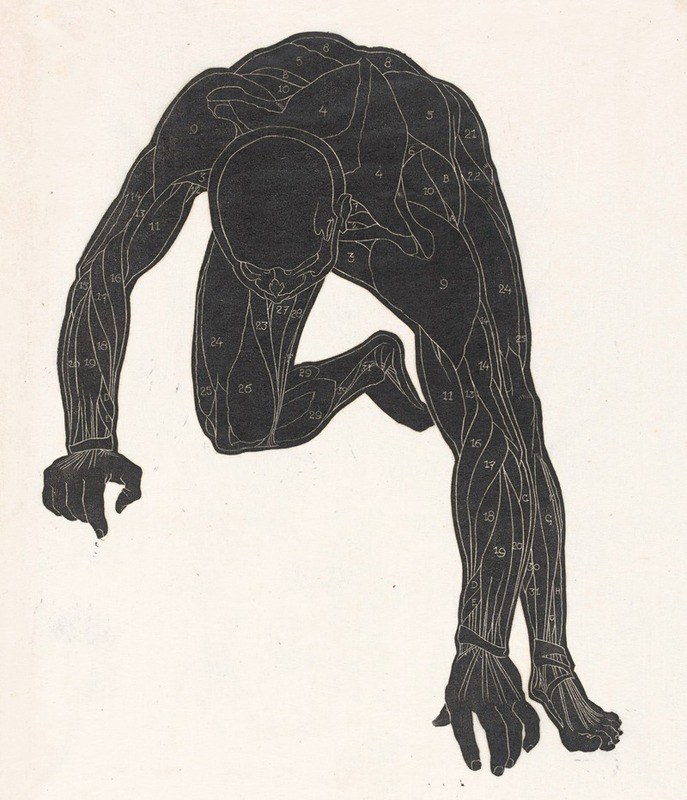
Anatomische studie van de hals-, arm- en beenspieren van een man in silhouet
A hand-painted replica of Reijer Stolk’s masterpiece Anatomische studie van de hals-, arm- en beenspieren van een man in silhouet, meticulously crafted by professional artists to capture the true essence of the original. Each piece is created with museum-quality canvas and rare mineral pigments, carefully painted by experienced artists with delicate brushstrokes and rich, layered colors to perfectly recreate the texture of the original artwork. Unlike machine-printed reproductions, this hand-painted version brings the painting to life, infused with the artist’s emotions and skill in every stroke. Whether for personal collection or home decoration, it instantly elevates the artistic atmosphere of any space.
Reijer Stolk was a Dutch artist known for his contributions to graphic art and design in the early 20th century. One of his notable works is "Anatomische studie van de hals-, arm- en beenspieren van een man in silhouet," which translates to "Anatomical Study of the Neck, Arm, and Leg Muscles of a Man in Silhouette." This piece reflects Stolk's interest in the human form and his skill in anatomical illustration.
Stolk was born in 1896 in the Netherlands and became an influential figure in the Dutch art scene. He was active during a period when there was a significant interest in the intersection of art and science, particularly in the study of human anatomy. This interest was part of a broader trend in European art, where artists sought to understand and depict the human body with greater accuracy and detail.
The "Anatomische studie van de hals-, arm- en beenspieren van een man in silhouet" is a testament to Stolk's meticulous approach to anatomical studies. The work is characterized by its precise depiction of the musculature of the human body, focusing on the neck, arms, and legs. The use of silhouette in this piece is particularly striking, as it emphasizes the contours and structure of the muscles, providing a clear and educational view of human anatomy.
Stolk's work in this area was likely influenced by the broader movements in art and science during his time. The early 20th century saw a resurgence of interest in anatomical studies, partly due to advances in medical science and a growing appreciation for the complexity of the human body. Artists like Stolk played a crucial role in bridging the gap between scientific inquiry and artistic expression, using their skills to create works that were both informative and aesthetically pleasing.
In addition to his anatomical studies, Reijer Stolk was also known for his work in graphic design and printmaking. He was part of a generation of artists who embraced new techniques and technologies to push the boundaries of traditional art forms. His contributions to graphic art were significant, and he was recognized for his ability to blend technical precision with creative expression.
Stolk's work, including the "Anatomische studie van de hals-, arm- en beenspieren van een man in silhouet," continues to be appreciated for its artistic and educational value. It serves as an example of how art can be used to enhance our understanding of the human body, and it reflects the enduring fascination with anatomy that has captivated artists and scientists alike for centuries.
Overall, Reijer Stolk's anatomical studies remain an important part of his artistic legacy, showcasing his skill and dedication to exploring the intricacies of the human form. His work is a reminder of the rich history of collaboration between art and science, and the ways in which artists have contributed to our knowledge of anatomy through their detailed and insightful representations.





